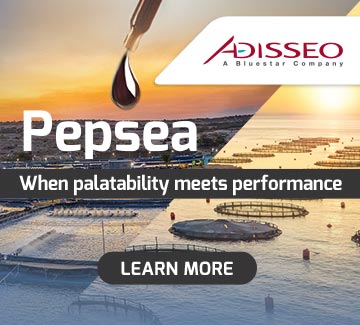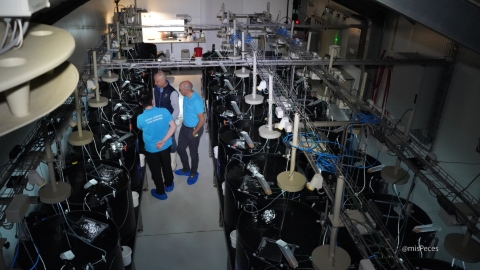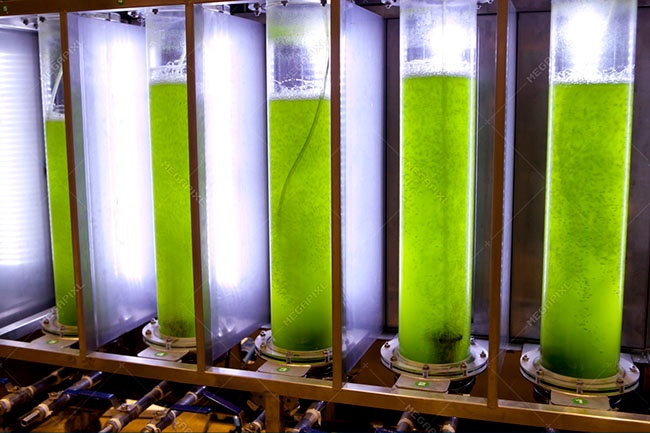
Algae are increasingly recognised as a renewable resource that demands far fewer finite inputs like water, land, and fertilisers compared to traditional terrestrial crops. This positions them as a pivotal component in the shift towards more sustainable production systems.
Both microalgae and macroalgae are proving, with every new study, to be a viable partial replacement for conventional feed ingredients used in animal farming. Their nutritional qualities and sustainability make the especially significant in today’s global context.
Moreover, algae represent a cutting-edge, biotechnological solution to the challenges faced by the food industry. While production costs remain high for now, the exceptional nutritional value of algae can often justify the expense.
High protein content and bioactive compounds for Animal health
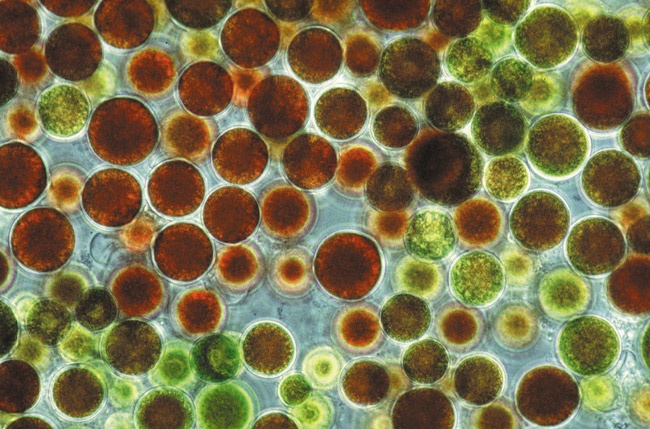
Algae are also packed with bioactive compounds, including antioxidants, omega-3 fatty acids, and polysaccharides, which not only provide nourishment but also strengthen animals’ immune systems. For instance, feed enriched with Schizochytrium has been shown to reduce intestinal inflammation in fish while boosting their resistance to diseases.
Certain microalgae are valued for their natural pigments. Astaxantin, for instance, delivers vibrant red hues, while lutein can enhance yellow colouring. When used in poultry feed, these pigments allow producers to control the colour of egg yoks, catering to market preferences.
Sustainable Alternatives to Fishmeal and Fish Oil
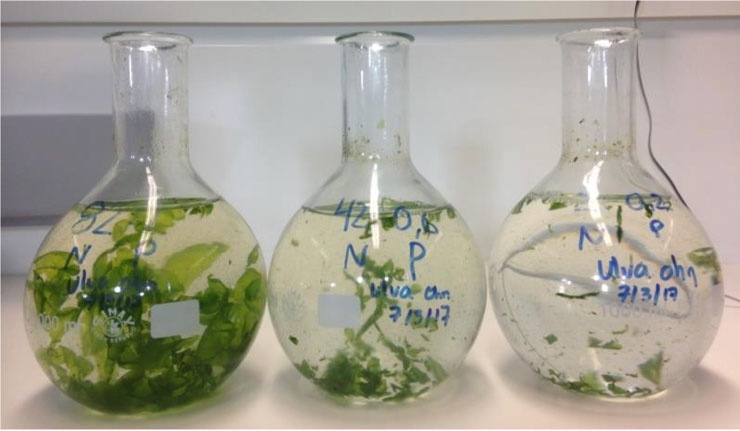
Microalgae also serve as a natural substitute for fishmeal and fish oil. Species like Nannochloropsis and Porphyridium are rich in omega-3 fatty acids such as EPA and DHA, making them excellent replacements. Schizochytrium further exemplifies this potential, particularly in reducing reliance on traditional fish oil in animal feed.
Despite their many advantages, algae are not without challenges. Some species contain high fibre levels, which can complicate digestion for certain animals unless properly processed.
This blend of benefits and challenges makes algae a promising yet complex addition to the world of sustainable agriculture. Their future as a staple in animal feed depends on continued innovation and refinement in their cultivation and processing.

